Lignite under a palynologist's microscope
There is a lot of talk about lignite in the context of the impact of its mining and combustion on climate change and the country's energy security. Perhaps it is worth looking at this raw material from a completely different angle. Lignite deposits are a rich archive of data on the paleoclimate and vegetation from which they were formed. An example may be the deposits in the Konin-Adamów region, where the youngest lignite in Poland is mined on an industrial scale. Its age is estimated at about 15–14.3 million years, which means that by studying it, one can reach the landscapes of the end of the Mid-Miocene Climatic Optimum.
Recently, the results of palynological analyzes of lignite from the Konin-Adamów deposits have been published. The samples were collected from the Konin Lignite Mine (Drzewce deposit) and the now closed Adamów Lignite Mine (Adamów deposit), and the studied material included fossil pollen grains, plant spores, and microremains of algae and fungi. The authors of the articles, Elżbieta Worobiec and Grzegorz Worobiec from our Institute, found that the deposits were formed from plant communities with a large share of Ericaceae, in a very wet, seasonally flooded swamp environment, corresponding to the contemporary "pocosins" communities in the USA. The authors also managed to estimate the mean annual temperature of the paleoclimate; it ranged between 15.7 and 18.0 °C, while currently, the mean annual temperature in this area is 9.6 °C. After the Mid-Miocene Climatic Optimum, the palaeoclimate changed – it became unfavourable to peat formation which is an intermediate in the process of lignite formation.
See the original articles:
Worobiec E., Widera M., Worobiec G., Kurdziel B. 2021. Middle Miocene palynoflora from the Adamów lignite deposit, central Poland. Palynology 45: 59–71. DOI
Worobiec E., Widera M., Worobiec G. 2022. Palaeoenvironment of the middle Miocene wetlands at Drzewce, Konin region, central Poland. Annales Societatis Geologorum Poloniae 92: 201–218. DOI
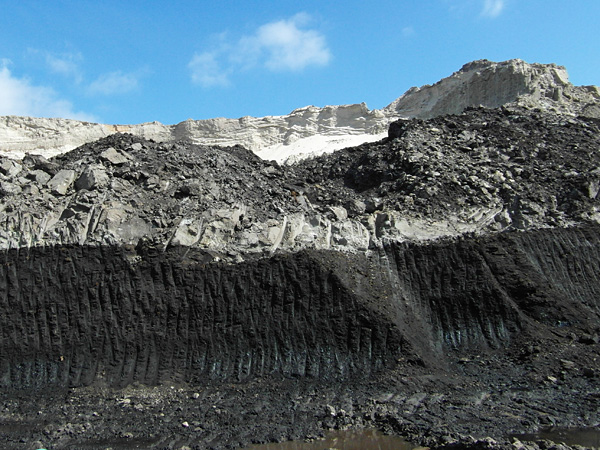
Lignite deposit at the Adamów opencast mine.
Photo: Grzegorz Worobiec.
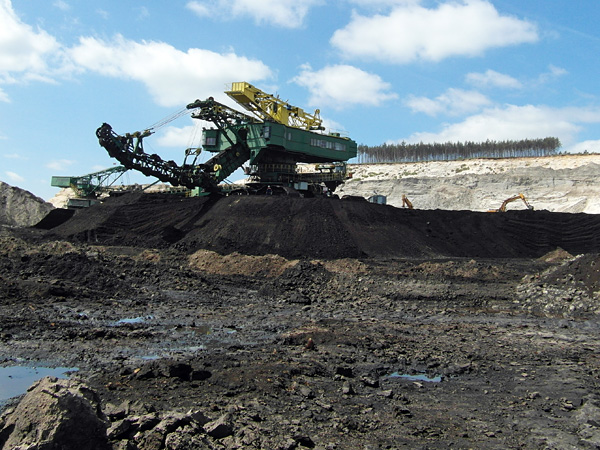
Lignite mining; Adamów opencast mine, 2017.
Photo: Grzegorz Worobiec.
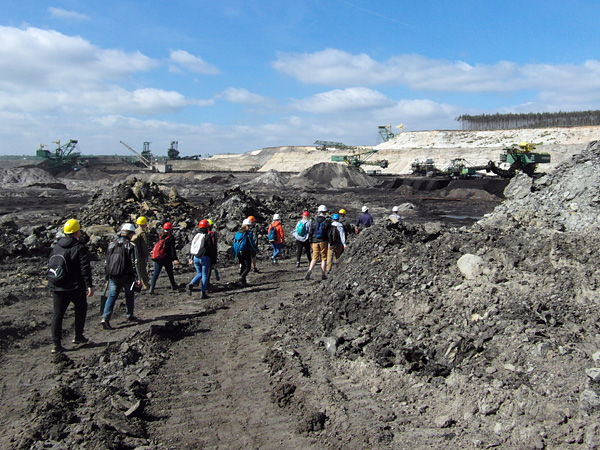
Entrance to the Adamów opencast mine in 2017.
Photo: Grzegorz Worobiec.
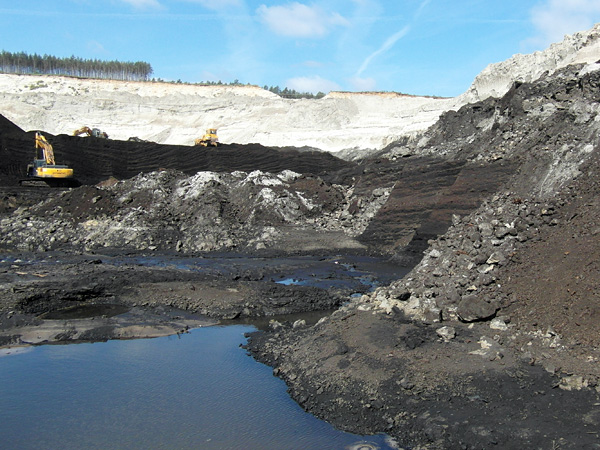
Adamów opencast mine in 2017.
Photo: Grzegorz Worobiec.
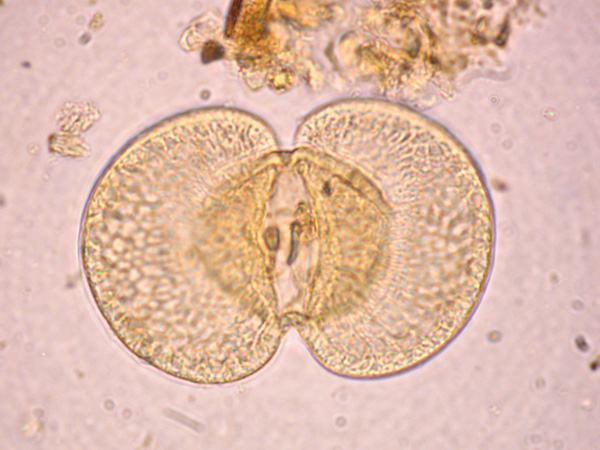
Cathayapollis pulaensis (fossil pollen grain of a conifer from the genus Cathaya), size ca. 50 μm.
Photo: Elżbieta Worobiec.
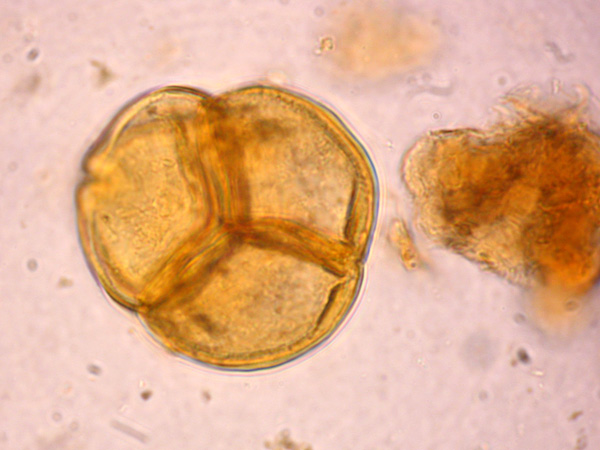
Ericipites ericius (fossil pollen grain of a plant from the Ericaceae family), size ca. 40 μm.
Photo: Elżbieta Worobiec.

Polyatriopollenites stellatus (fossil pollen grain of wingnut), size ca. 30 μm.
Photo: Elżbieta Worobiec.

Edmundipollis vitiosus (fossil pollen grain of a plant from the Araliaceae family), size ca. 35 μm.
Photo: Elżbieta Worobiec.






